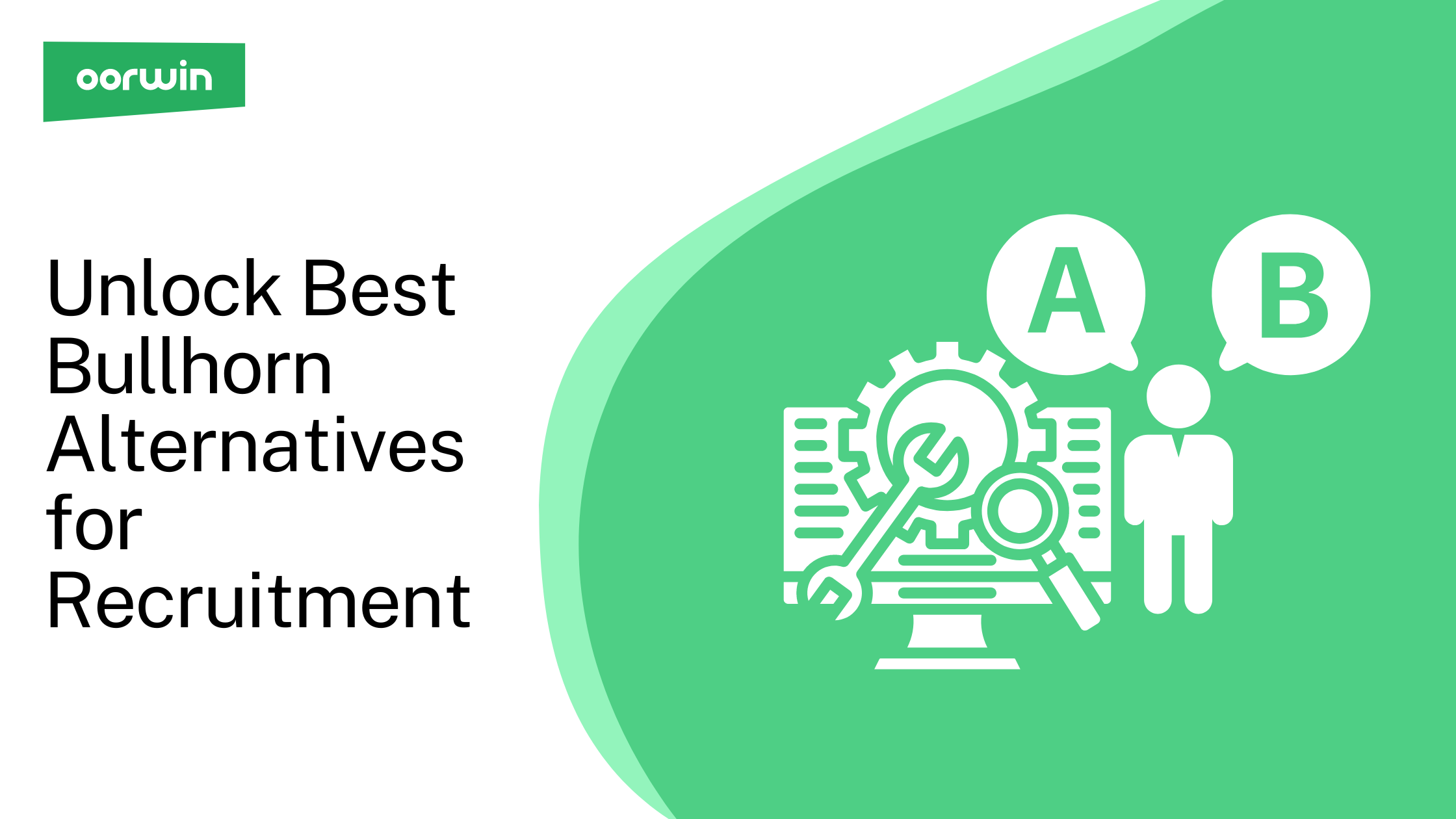Understanding Job Analysis Methods
Job analysis is the bedrock of effective human resource management, enabling organizations to gain a profound understanding of their workforce and the intricacies of each job role within it. This systematic process involves carefully examining and documenting job duties, responsibilities, and requirements. By employing various job analysis methods, organizations can delve into the essential aspects of each position, empowering them to make informed decisions related to talent acquisition, training, performance management, and job design.
Meaning Of Job Analysis
Job analysis is a methodical approach that collects data about various aspects of a job, such as tasks, skills, and responsibilities. The process aids organizations in comprehending the intricacies of each role within their workforce, enabling them to make informed decisions related to recruitment, training, and performance evaluation.
Its systematic approach to defining job roles and requirements characterizes job analysis features. It involves creating detailed job descriptions, specifying essential qualifications and competencies, and establishing performance standards. This analysis is vital for aligning job roles with organizational objectives, ensuring legal compliance, and serving as the basis for various HR functions. It adapts to organizational changes, identifies training needs, and assesses the work environment, playing a crucial role in employee development and effective HR management.
Why is a Job Analysis Important
Job analysis is crucial as it provides a foundation for effective talent management, or an, ensuring that employees are best suited for their roles and helping organizations streamline their workforce.
Pragmatic Perspectives
From a pragmatic standpoint, job analysis serves as a guiding compass for organizations, helping them navigate the complexities of job roles by ensuring that each position aligns with the company’s goals. This comprehensive understanding of job requirements allows for targeted recruitment, effective job design, and tailored employee performance management, leading to an organization that operates with greater precision and purpose.
Enhanced Efficiency
The implementation of job analysis methods fosters a seamless integration between the skills possessed by employees and the demands of their roles. By identifying and addressing potential skill gaps, organizations can reduce errors, streamline training programs, and harness the full potential of their workforce, thus boosting overall productivity and competitiveness.
Personal Insight
Through job analysis, employees gain valuable clarity about their roles and responsibilities, creating a heightened sense of purpose and satisfaction in their work. Moreover, identifying areas for skill development empowers individuals to take charge of their career growth, fostering a sense of ownership and commitment toward the organization’s success.
Common Uses of Job Analysis
Job analysis is really important in the HR world. It helps us clearly understand what’s needed and expected in different jobs across the company. It’s useful for many reasons, all aimed at helping us better manage our team and support their growth. Let’s take a look at some of the main ways it comes in handy:
- Strategic Workforce Development: Job analysis is instrumental in strategic workforce development. It aids organizations in forecasting the competencies and knowledge required for various positions. This insight is crucial in crafting precise job descriptions and strategically hiring candidates whose skills align with the organization’s needs.
- Enhancing Employee Performance Evaluation: This approach is integral to enhancing employee performance evaluation. It provides a framework for management to conduct systematic performance reviews. By comparing an employee’s actual skills and abilities with the demands of their position, managers can more accurately assess their performance against organizational standards.
- Employee Growth and Training Initiatives: Understanding the specific skills, limitations, and duties associated with a role is key to identifying appropriate employee development and training initiatives. This knowledge allows for tailored development programs, enabling employees to advance in their current roles and prepare for increased responsibilities, fostering professional growth within the company.
What are the Different Job Analysis Methods
Job analysis methods encompass various approaches to gathering job-related information, such as observation, interviews, questionnaires, daily logs, functional job analysis, job inventories, and job performance analysis.
Observation Method
Through observation, job analysts directly witness employees carrying out their tasks, providing firsthand insights into the job’s requirements and responsibilities. This approach ensures the collection of accurate and real-time data, enhancing the validity of the analysis. However, it may be time-consuming, and there is a possibility of missing certain subtle aspects of the job due to limited observation periods.
Interview Method
Conducted through one-on-one interactions, the interview method delves deep into employees’ job roles, experiences, and challenges, offering a more comprehensive analysis. It allows job analysts to explore nuances and gather qualitative data. Nonetheless, interviewer biases can influence this method and require skilled interviewers to draw out relevant and reliable information.
Questionnaire Method
Employing structured questionnaires, this method facilitates large-scale data collection from employees regarding their job tasks and requirements. It is efficient in gathering quantitative data and allows for easy comparison. However, the questionnaire’s standardized format may lack context and depth in responses, potentially missing valuable insights.
Daily Method
By encouraging employees to maintain detailed daily activity logs, the daily method provides valuable information about time allocation and task priorities. It is particularly effective for roles with dynamic and fluid responsibilities. However, the accuracy and completeness of the data heavily rely on employees’ diligence in recording their activities consistently.
Functional Job Analysis Method
The functional job analysis method emphasizes understanding the interplay between people, data, and things within a job. It provides a holistic view of the cognitive and physical demands of the role, helping to identify crucial skill sets and competency requirements. This approach ensures a comprehensive understanding of how job components contribute to the workflow.
Job Inventories Method
Job inventories involve checklists employees use to rate the relevance of specific job-related tasks, skills, and characteristics. This method aids in identifying essential job components and provides a structured framework for analyzing job roles across various positions. However, it may lack the depth of insight offered by more qualitative methods like interviews or observations.
Job Performance Method
The job performance method evaluates employee performance to extract insights into the critical elements of a job. By observing how employees perform tasks and achieve objectives, this approach identifies the key skills and behaviors that lead to successful job execution. It is a valuable tool for enhancing employee performance and refining job requirements to align with organizational goals.
Steps to Conduct a Comprehensive Job Analysis
Conducting a comprehensive job analysis is essential for understanding and aligning organizational roles. It involves systematically gathering and analyzing job-related information to meet business needs.
1. Information Collection on Job Roles
Start by observing and conversing with employees in their respective roles. Encourage detailed sharing of their daily tasks and responsibilities. Review any existing documentation or manuals that outline the role. Compare these with the real-time job activities and descriptions provided by employees. Document your findings, categorizing them by department or specific job roles. This step aims to create a thorough list of tasks and required skills for each position.
2. Assessing Task Significance and Skill Level
With a clear understanding of the necessary competencies for each job, evaluate the complexity and importance of each task and skill. Identify which skills are fundamental and which require advanced experience. This analysis might reveal new insights, differing from your initial assumptions about the role’s critical aspects.
3. Benchmarking Against Industry Norms
Research industry benchmarks for the roles in your analysis. Utilize government publications and resources from professional organizations to validate your findings. Engage with experts in the field to gain deeper insights into the job’s essential tasks. Networking with peer companies can also provide valuable comparative data.
4. Updating Job Descriptions and Performance Criteria
Based on your observations and findings, compile a detailed list of tasks and skills for each job. Use this information to refine existing job descriptions using AI like ChatGPT or develop new ones that align with your analysis. Establish performance standards for each role, incorporating both observed expectations and professional standards obtained from your research.
5. Implementing Organizational Adjustments Based on Findings
Examine your organization’s structure as a whole. Reevaluate whether tasks are appropriately distributed across different roles and departments. If certain tasks fit better in other teams or departments, consider reassigning them. Utilize the job analysis data to redistribute workloads effectively, aligning them with the identified competencies of each position.
Frequently Asked Questions
What Are the Key Benefits of Exploring Job Analysis Methods for Organizations?
Job analysis methods aid organizations in optimizing workforce efficiency, matching job requirements with employee skills, and ensuring job satisfaction.
How Can Job Analysis Methods Help in Identifying and Defining Job Roles and Requirements?
Job analysis methods provide valuable data on job tasks, skills, and responsibilities, helping organizations clearly define job roles and requirements.
What Are Some of the Most Effective Approaches to Job Analysis That Can Lead to Successful Hiring Outcomes?
Using a combination of interview, observation, and performance analysis methods can lead to successful hiring outcomes by identifying the most suitable candidates for specific roles.
Popular Articles..
Blog
Blog
Blog
Get the latest Oorwin releases, updates, success stories & industry news
 Back
Back




